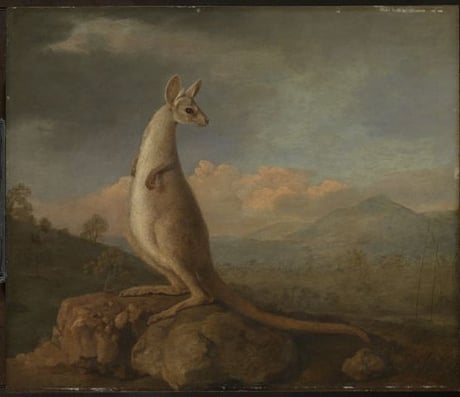Art & Exhibitions
Paintings From Captain Cook’s Expeditions Mix Science and Fiction


Sarah Cascone

British explorer, navigator, cartographer, and explorer James Cook, known best as Captain Cook, was one of the most important explorers of the Enlightenment period, sailing over 200,000 miles on three voyages between 1768 and his untimely murder in 1779. Accompanying the good captain as he visited uncharted regions of the Pacific, reports the Telegraph, were official voyage artists, whose works are currently the subject of “The Art & Science of Exploration, 1768–80” at the Queen’s House at the UK’s National Maritime Museum.
These men, John Webber, William Hodges, and Sydney Parkinson, were artists, first and foremost, but their role on the expedition was often much more scientific. By accurately capturing the details of foreign shorelines, the artists provided critical navigational information for future voyages, as well as detailing natural phenomena that could be studied by scientists.
Despite this mission, Cook’s artist crew often found it difficult to resist the urge to idealize their Pacific landscapes. Hodges, for instance, who served aboard Cook’s second voyage, embellished his canvases with romanticized native women, depicting idyllic landscapes in the finest European tradition.
Other paintings, like George Stubbs’s well-known depictions of exotic kangaroos and dingos, were created after the crew returned to England. Stubbs, who did not make the journey, based his work on sailors’ descriptions and drawings by Parkinson, who died during the first expedition. These paintings did not aim to achieve scientific accuracy, but to sate public curiosity about Cook’s voyages and to increase attendance at the Royal Academy, which hosted an exhibition after each journey.
“The Art & Science of Exploration, 1768–80” continues through July 2015.